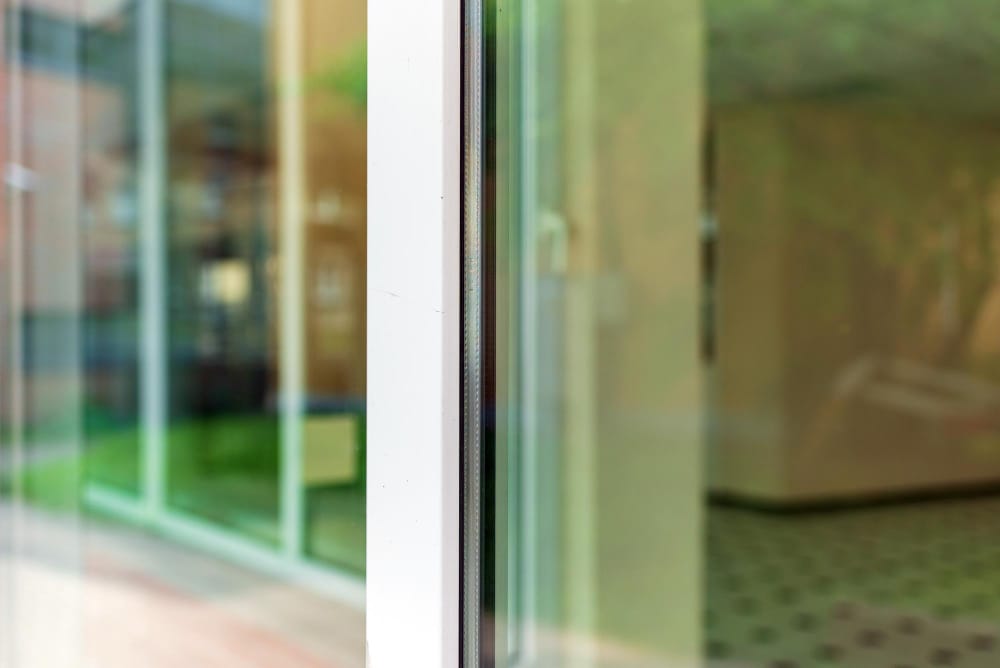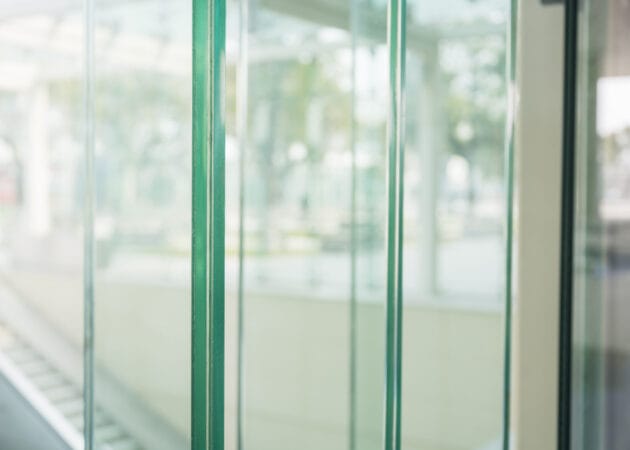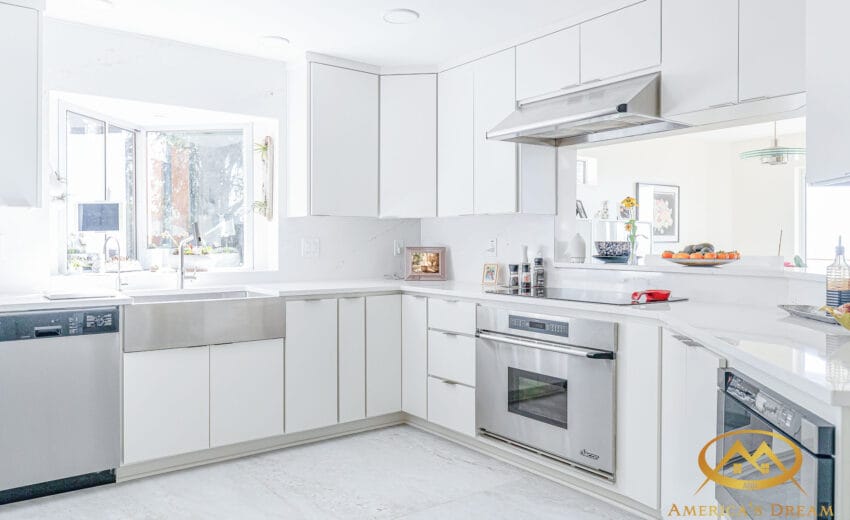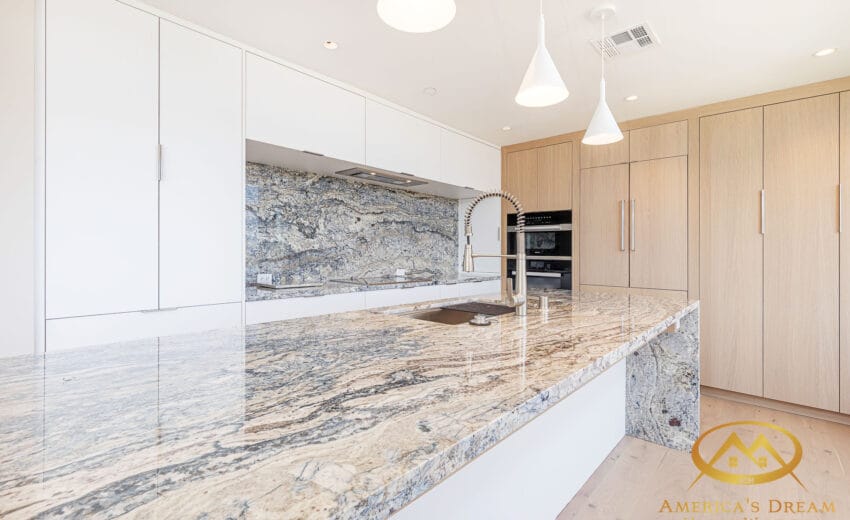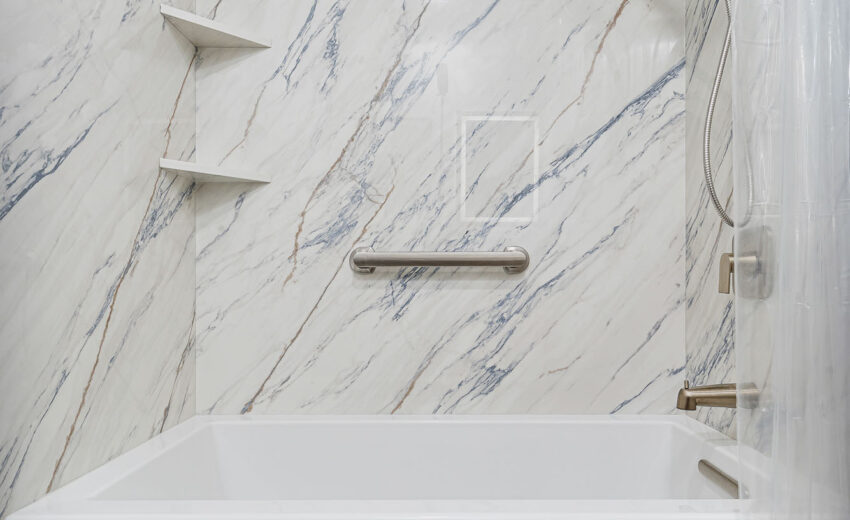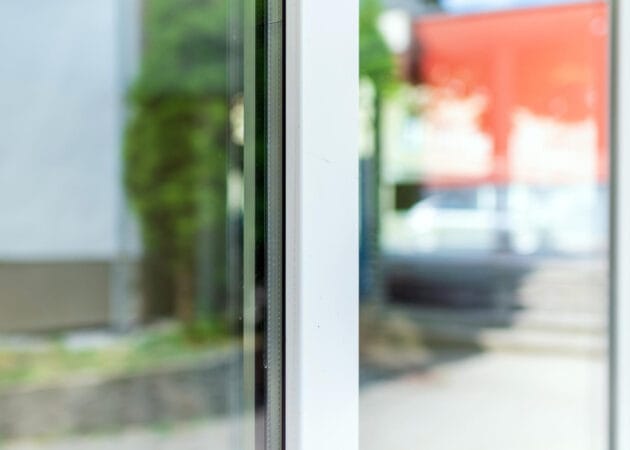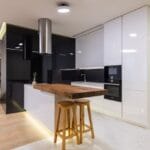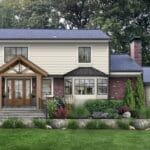It’s one of those hidden details most homeowners never think about — until something goes wrong. Glass may look elegant, but when it breaks, it can turn dangerous fast. That’s why building codes require tempered glass in specific areas of your home — to protect you and your family from serious injury.
If you’re remodeling, replacing windows, or upgrading your bathroom, knowing where tempered glass is required isn’t just smart — it’s essential. Let’s walk through where it belongs, why it matters, and how to make sure your home is both beautiful and safe.
What Is Tempered Glass (and Why Is It Special)?
Tempered glass — often called safety glass — is heat-treated to make it four to five times stronger than standard glass.
When it does break, it shatters into small, blunt pieces instead of sharp shards. That simple difference can mean the difference between a quick cleanup and a serious injury.
It’s used anywhere the risk of impact or injury is higher — from shower doors to stair railings — because it’s designed to protect, not just decorate.
👉 Why it matters: Modern building codes, including the International Residential Code (IRC), require tempered glass in high-risk zones. Failing to use it can lead to code violations, costly rework, or safety hazards later on.
For peace of mind, every window and glass installation by America’s Dream HomeWorks meets — and exceeds — safety standards.
Where Is Tempered Glass Required in a Home?
You might be surprised by how many areas around your home require it. Here’s a breakdown of the most common (and critical) locations.
1. Bathrooms — Where Water Meets Glass
Bathrooms are at the top of the list for tempered glass requirements. You’ll need it for:
Shower doors and tub enclosures
Glass panels or partitions near bathtubs
Windows close to the floor near tubs or showers
Rule of thumb: Any glass within 60 inches (5 feet) of a water source must be tempered.
💡 Design Insight from Joanna:
“In bathrooms, safety doesn’t have to come at the expense of beauty. Frameless tempered glass showers, for example, create that open, spa-like feel — and meet every safety standard.”
If you’re planning a bathroom update, check out our bathroom remodeling services — where elegance and safety go hand in hand.
2. Windows Near the Floor
Windows located within 18 inches of the floor must use tempered glass.
Why? Because low glass panels are more likely to be bumped, kicked, or struck — especially in homes with kids or pets.
Even decorative sidelights (those narrow windows next to doors) often fall under this requirement.
3. Doors and Door Frames
Any glass in or around a door must be tempered, including:
Sliding patio doors and French doors
Storm doors and entryway inserts
Glass panels within 24 inches of a door’s edge
These panels take frequent impact and movement, so safety glass is mandatory.
👉 Pro Note: When choosing new entryways or patio sliders, always verify they include tempered or laminated safety glass. All door and window installations from our team are built to meet these requirements.
Check Our Recent Projects
4. Stairways and Railings
Anywhere there’s a risk of falling, tempered glass is essential. This includes:
Glass railings along staircases, balconies, or decks
Glass guards in lofts or mezzanine spaces
Tempered glass maintains safety and durability while preserving that sleek, modern aesthetic — ideal for open-concept homes.
5. Windows Near Doors and Entryways
If a window is within 24 inches of a doorway, it’s considered a potential impact zone.
Picture this: someone opens a door too quickly, and the nearby glass takes the hit. Tempered glass prevents that moment from becoming dangerous.
6. Stair Landings and Large Fixed Windows
Modern homes often feature floor-to-ceiling windows — but that design requires tempered glass when:
The bottom edge of the window is within 18 inches of the floor, and
The glass area is 9 square feet or larger within 36 inches of a walkway or landing.
This protects against accidental collisions in high-traffic or open-plan layouts.
7. Furniture, Mirrors, and Decorative Panels
While not always mandated by code, tempered glass is highly recommended for:
Mirrors above vanities or fireplaces
Glass tabletops or shelving
Room dividers or interior glass walls
It adds peace of mind — especially in homes with children or pets — while maintaining a high-end design look.
For example, our Sentrel bathroom wall systems combine sleek, durable surfaces with code-compliant glass and safety features.
Why This Matters Now
Here’s the reality: if you’re remodeling or installing new glass, you are responsible for meeting code.
If a contractor installs regular glass where tempered is required, it’s not just unsafe — it’s a liability. You could fail inspection, void warranties, or risk injury from an unexpected break.
👉 Bottom line: Never assume your existing glass is safe. Ask. Verify. Replace if needed.
Need professional guidance? Schedule a consultation through our installation offers page — we’ll inspect, advise, and upgrade as needed.
Luxury Meets Safety: The Modern Design Approach
Tempered glass doesn’t mean compromising aesthetics — in fact, it often enhances them.
Today’s options include:
Low-iron glass for ultra-clear transparency
Textured or frosted glass for privacy
Tinted or back-painted finishes for modern elegance
From frameless showers to panoramic windows, you can design your dream space knowing every surface is safe, stylish, and code-compliant.
✨ Joanna’s Note:
“The safest homes are also the most thoughtful ones. Tempered glass is one of those invisible details that shows care — for design, for safety, and for the people inside.”
Final Thoughts
Tempered glass may not steal the spotlight, but it’s one of the most important elements in any remodel. Knowing where it’s required ensures your home is stunning, secure, and inspection-ready — from your bathroom to your front door.
At America’s Dream HomeWorks, every project meets code, exceeds expectations, and blends craftsmanship with compliance. Because doing it beautifully and doing it right should always go together.
💎 Don’t wait until inspection day — or worse, an accident — to check your glass safety. Schedule your free consultation today and make sure your home shines safely and stylishly.
